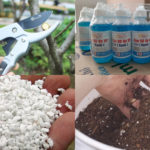Have you ever heard of the Monstera plant, also known as the Swiss Cheese Plant, and wondered why it is so valuable and popular for home decor? Let’s explore this unique plant and learn some tips for growing it.
1. What is the Monstera Plant?
Origin and Significance of the Monstera Plant
The Monstera plant, or Swiss Cheese Plant, is native to the rainforests of tropical regions in South Mexico and other parts of Central America. Its distinctive leaves with holes and splits give it an intriguing appearance, resembling Swiss cheese, hence its common name.
This plant is believed to bring good luck and fortune to its owner, making it a popular choice for home decor and flower arrangements. Additionally, the Monstera plant is adaptable and can tolerate low light conditions, making it an excellent houseplant.
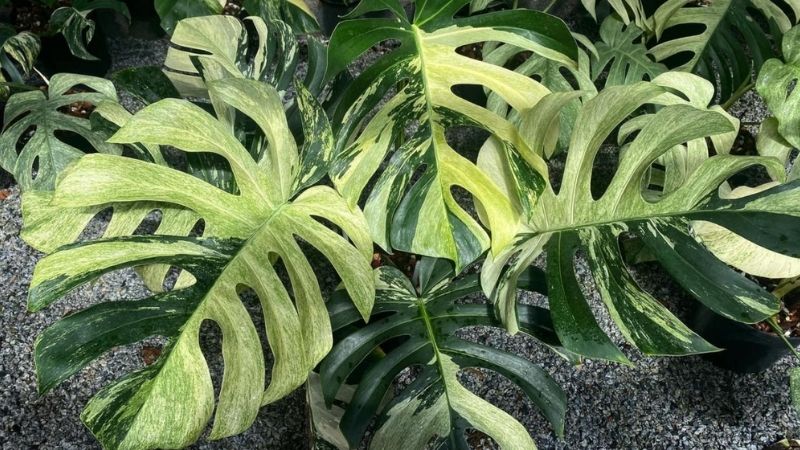 The Monstera plant, also known as the Swiss Cheese Plant.
The Monstera plant, also known as the Swiss Cheese Plant.
However, there is a significant price difference between the common and variegated varieties of the Swiss Cheese Plant. While the typical green-leafed variety is affordable, the variegated cultivars, with their stunning white or yellow variegation, can fetch prices in the hundreds of millions of VND.
These variegated cultivars are rare in Vietnam and often need to be imported from Thailand to meet the demand.
Characteristics and Varieties of the Monstera Plant
Monstera Thai Constellation
 Monstera Thai Constellation
Monstera Thai Constellation
Monstera Thai Constellation is a famous Thai variegated cultivar with white spots covering its leaves, resembling a starry sky. Its large, perforated leaves with serrated edges make it a striking addition to any plant collection.
Monstera Borsigiana Variegata Albo
 Monstera Borsigiana Albo Variegata
Monstera Borsigiana Albo Variegata
Monstera Borsigiana Albo Variegata is a graceful and renowned cultivar with large white variegation that often covers more than half of the leaf. This fast-growing plant, with its distinctive characteristics, is sure to catch the eye of any plant enthusiast.
Monstera Adansonii Variegated
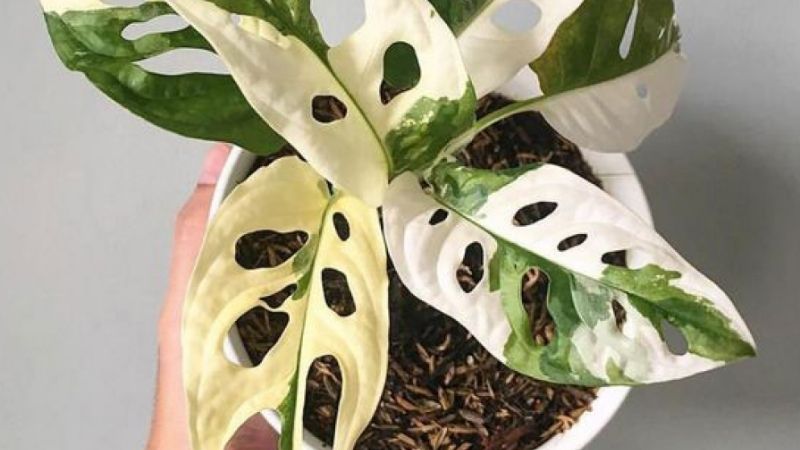 Monstera Adansonii Variegated
Monstera Adansonii Variegated
Monstera Adansonii Variegated stands out with its perforated leaves and unique, eye-catching shape. Its small, delicate leaves with white variegation will captivate you at first sight. This variety is more expensive than others due to its distinctive features.
Monstera Deliciosa Aurea Variegata
Monstera Deliciosa Aurea Variegata, also known as the Golden Monstera, is a rare and precious variegated cultivar. It is characterized by long variegated streaks that cover more than half of the leaves, similar to Monstera Borsigiana Variegata Albo. However, instead of white variegation, Monstera Aurea boasts stunning yellow variegation.
2. Benefits of the Monstera Plant
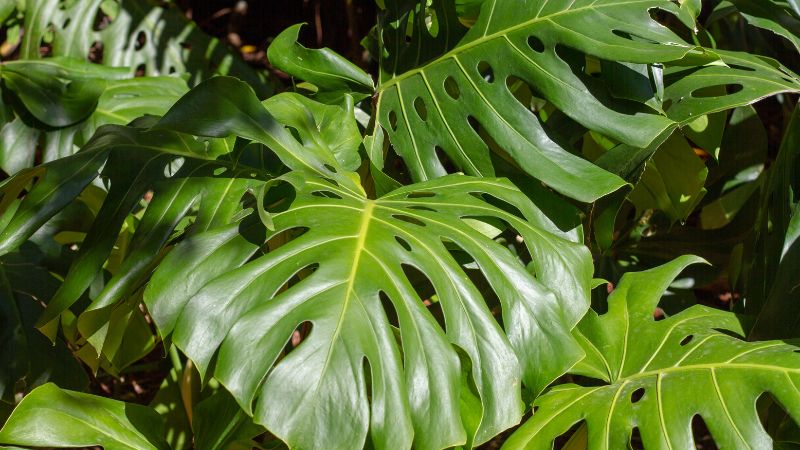 Benefits of the Monstera Plant
Benefits of the Monstera Plant
The Monstera plant is primarily grown for its striking appearance and ability to enhance indoor spaces. Its impressive, large leaves make it an excellent choice for home decor, adding a touch of nature to your living room or balcony. Additionally, the Monstera plant’s broad leaves are excellent for air purification, improving the air quality in your home, especially if you live in a city.
3. How to Grow and Care for the Monstera Plant
Provide Adequate Light
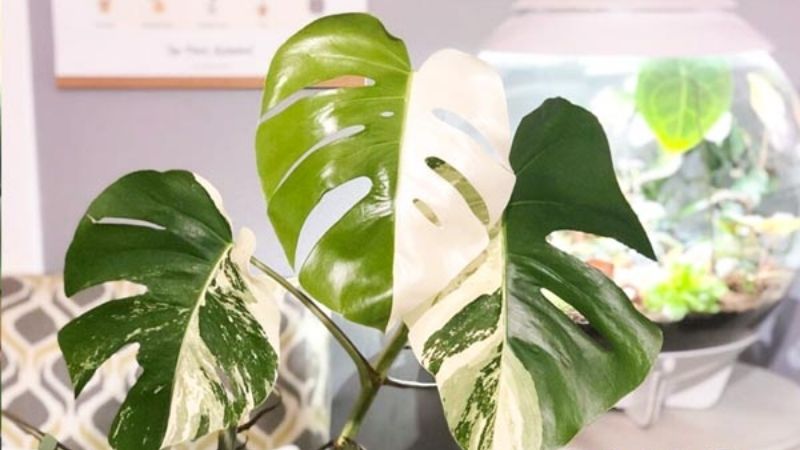 Provide plenty of light for your Monstera plant.
Provide plenty of light for your Monstera plant.
The Monstera plant thrives in bright, indirect light. While it prefers a well-lit environment, direct sunlight can scorch its leaves. Therefore, it is best to place it near a window or in a room with ample natural light.
Keep the Leaves Clean
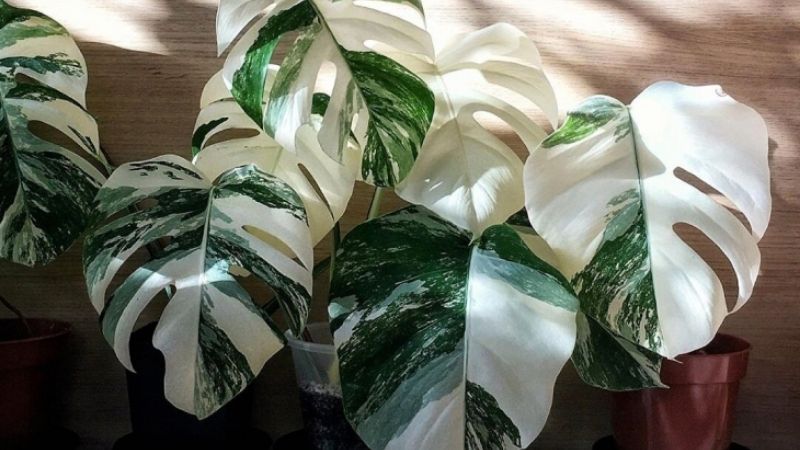 Keep the leaves clean.
Keep the leaves clean.
To promote healthy growth, keep the leaves of your Monstera plant clean. You can use Neem oil, a natural pesticide and cleaner, by spraying it directly onto the leaves to remove dust and impurities. This will help your Swiss Cheese Plant thrive.
Maintain High Humidity
Creating a humid environment is essential for the Monstera plant’s well-being. One way to achieve this is by placing the pot on a tray of gravel and filling the tray with water. The gravel will keep the pot above the water level, and the evaporating water will increase the humidity around the plant.
Alternatively, you can use a humidifier with UV technology to maintain optimal humidity levels while eliminating 99.9% of waterborne bacteria, ensuring the health of your plant.
Provide Nutrient-Rich Soil
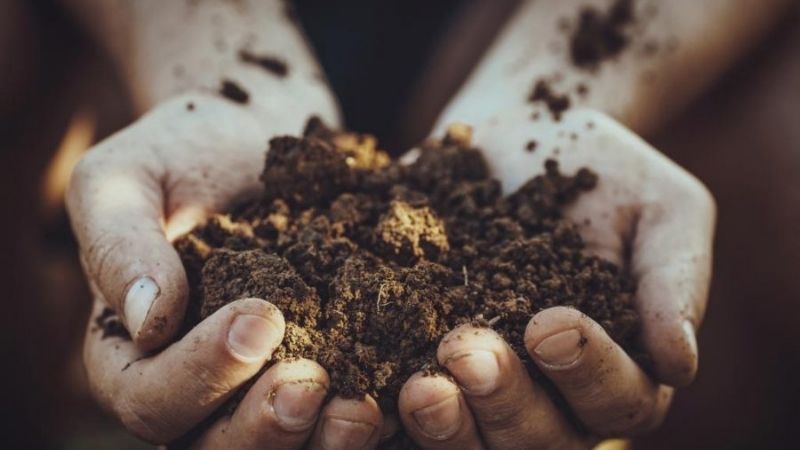 Provide nutrient-rich soil for your Monstera plant.
Provide nutrient-rich soil for your Monstera plant.
To ensure the best growth, feed your Monstera plant with organic fertilizer or urea once a month. However, be careful not to overdo it, as too much fertilizer can alter the soil’s pH and negatively impact the plant’s health.
Watering
 Water your Monstera plant regularly.
Water your Monstera plant regularly.
Check the moisture level of the soil with your finger. When the soil feels dry and cracked, it’s time to water your Monstera plant. Water it thoroughly until water drains out of the holes in the pot. Maintain a balance by ensuring the soil is neither too dry nor too soggy.
4. Beautiful Images of the Monstera Plant
 The Monstera plant, native to Central America.
The Monstera plant, native to Central America.
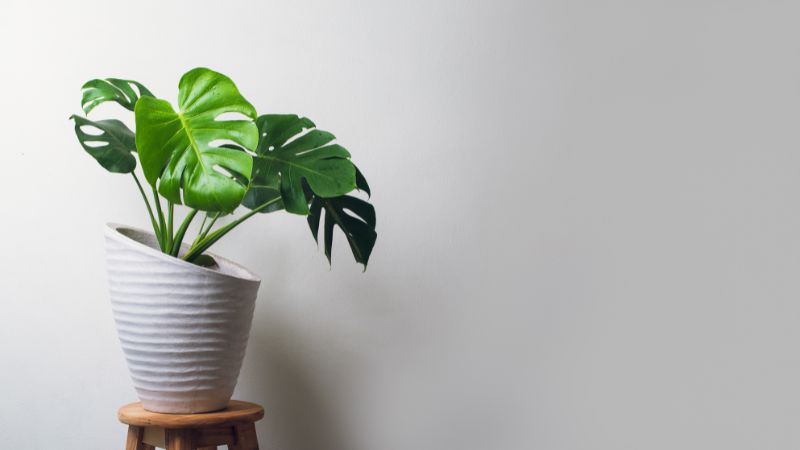 The distinctive leaves of the Monstera plant.
The distinctive leaves of the Monstera plant.
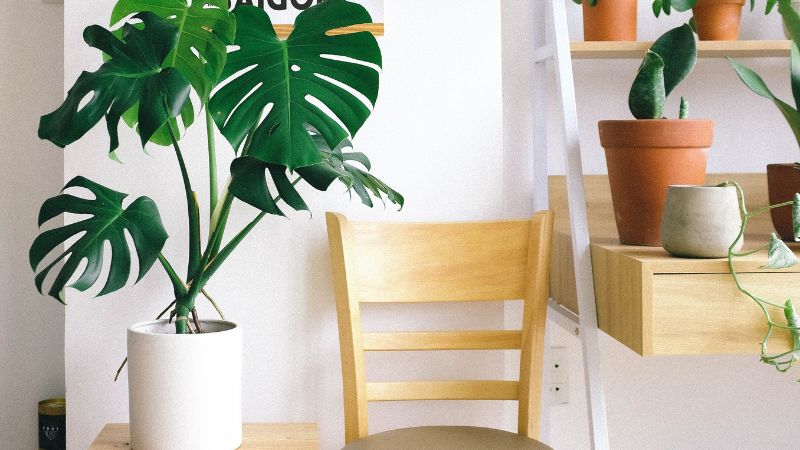 Monstera plant used in flower arrangements.
Monstera plant used in flower arrangements.
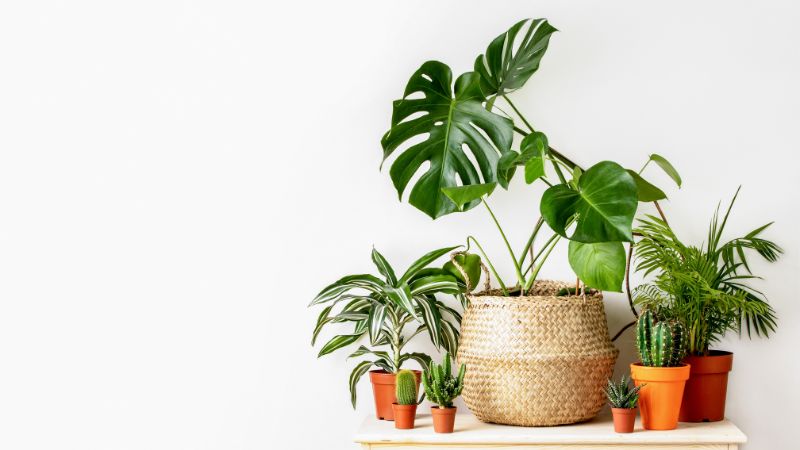 The rare variegated cultivar of the Monstera plant.
The rare variegated cultivar of the Monstera plant.
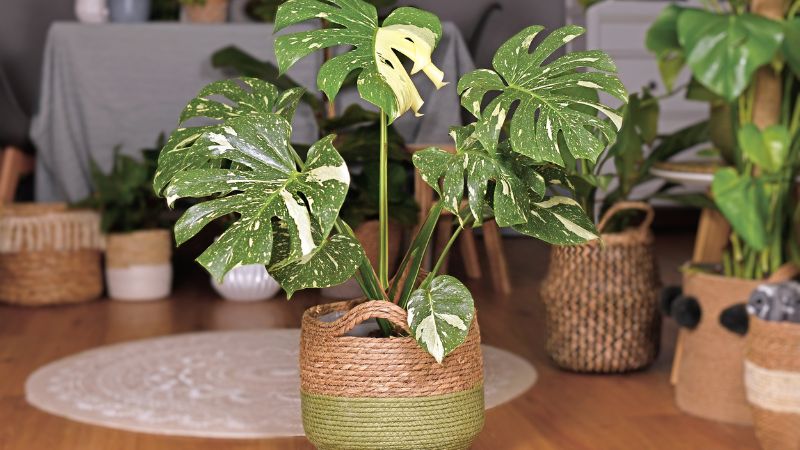 The Monstera plant thrives in bright, indirect light.
The Monstera plant thrives in bright, indirect light.
We hope that this guide has helped you learn more about the rare and beautiful Monstera plant. Thank you for reading.
The Easiest Way to Propagate a Split-Leaf Philodendron for Plant Enthusiasts
The Split-Leaf Philodendron is a beloved houseplant, renowned for its vibrant green foliage and symbolic significance. Its popularity stems from the lush, tropical vibe it brings to any space. With its distinctive leaves and easy-going nature, it’s no wonder that this plant has captured the hearts of many. For those eager to propagate this stunning species, there’s good news – it’s a simple process that anyone can master.

























